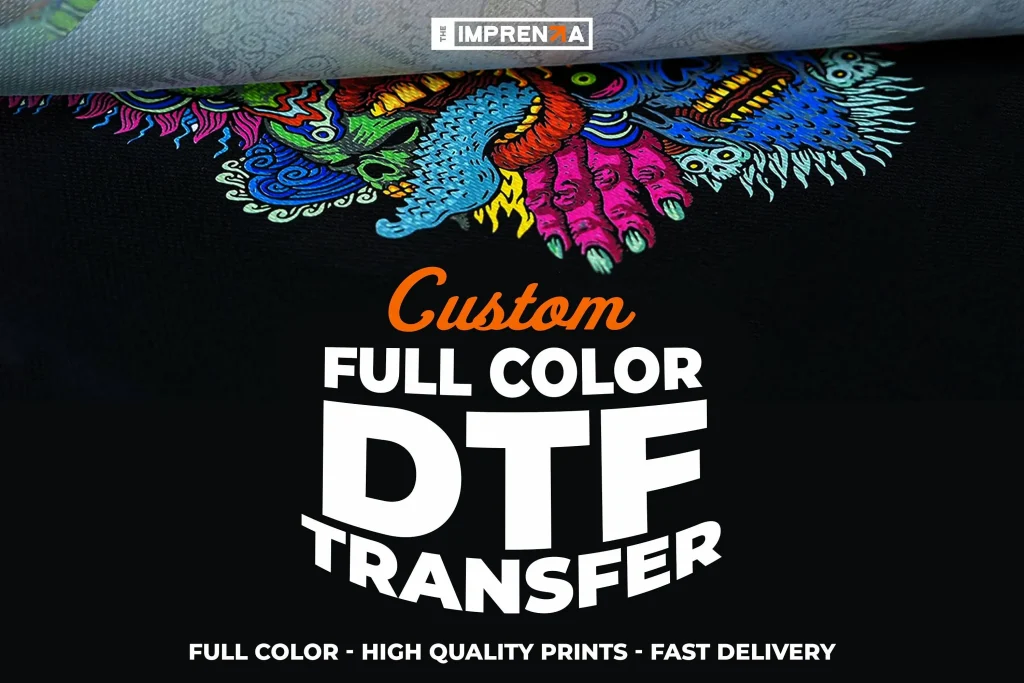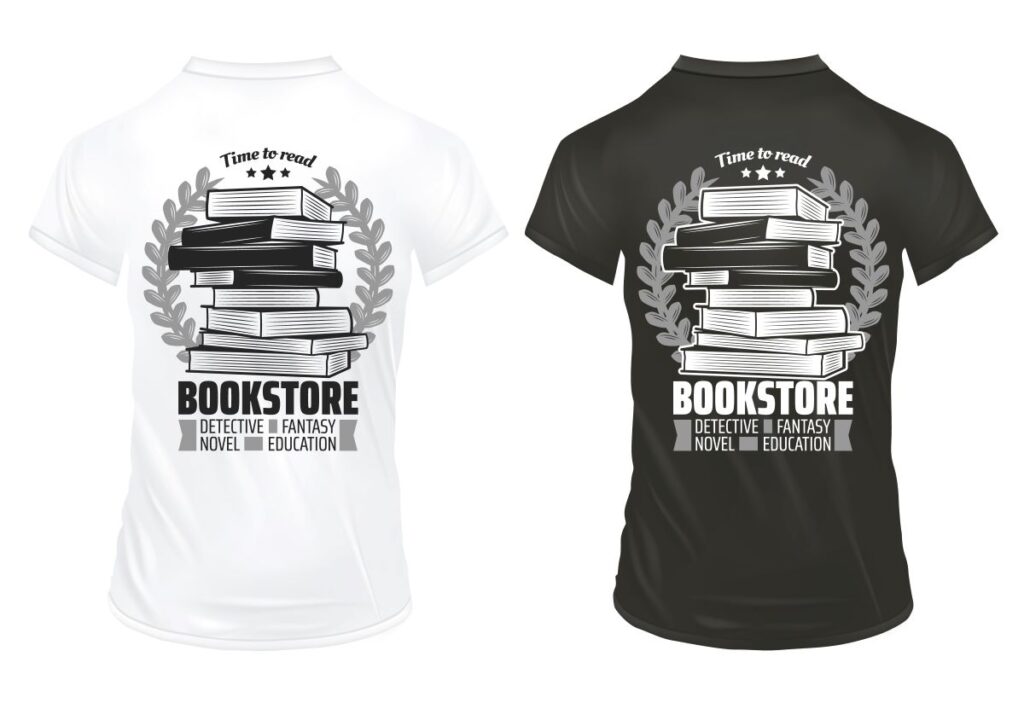In the ever-evolving world of textile printing, DTF transfers have revolutionized the way custom designs are applied to fabrics. Direct-to-Film (DTF) printing allows for vivid, detailed images to be seamlessly transferred onto a variety of materials, making it a popular choice among creators and businesses alike. By leveraging tools like the DTF Gangsheet Builder, users can optimize their production process, creating multiple transfers at once while minimizing waste. This efficiency not only reduces costs but also enhances the overall printing experience, making it ideal for both small and large scale operations. Join us as we explore the intricacies of DTF transfers and how they can elevate your textile printing game.
Also known as direct-to-film printing, this innovative technique is transforming the landscape of custom apparel and merchandise production. DTF transfer technology employs a unique process that enables the application of intricate designs onto diverse fabrics, ensuring vibrant and high-quality results. Coupled with the capabilities of a DTF gangsheet builder, this method maximizes material use and minimizes waste, providing a cost-effective solution for businesses. As the textile printing industry embraces these advancements, the demand for efficient transfer printing solutions continues to rise, offering endless possibilities for customization in fashion and beyond. Whether you’re looking to enhance your product line or streamline your production workflow, exploring the world of DTF transfers and gang sheets could be your next step towards success.
Exploring the Benefits of DTF Printing
DTF printing, or Direct to Film printing, has gained significant traction in the textile industry due to its ability to produce vibrant, high-quality prints. This method allows for exceptional detail and color vibrancy, making it an ideal choice for custom apparel like t-shirts and hoodies. The result is not only eye-catching but also durable, ensuring that designs withstand multiple washes without fading. As businesses increasingly seek ways to differentiate their offerings, DTF printing stands out for its versatility and the ability to cater to diverse customer needs.
Another significant advantage of DTF printing is its cost-effectiveness. Unlike traditional printing methods, DTF does not require expensive setup processes for individual designs. Instead, it allows multiple images to be combined into gang sheets, significantly reducing the material costs and time associated with producing each transfer. As a result, businesses can operate more efficiently while delivering high-quality products to their customers. The flexibility of DTF also means that changes can easily be made to designs without impacting the production timeline.
Understanding Gang Sheets in DTF Printing
Gang sheets play a crucial role in the DTF printing process, enabling the simultaneous printing of multiple designs on a single sheet. This not only maximizes the use of transfer film but also minimizes waste, making it an eco-friendly option in the textile printing landscape. By strategically placing various designs on one sheet, businesses can optimize their production process and reduce costs by printing fewer films overall. This capability is vital for small businesses aiming to maintain profitability while offering a wide variety of customized products.
Furthermore, utilizing gang sheets helps streamline workflow in busy production environments. By preparing designs for gang sheets with the DTF Gangsheet Builder, users can efficiently organize their die-cut designs and maximize material use. The result is a highly efficient process that allows printing of multiple items simultaneously, leading to faster turnaround times for orders. This operational efficiency not only benefits businesses financially but also enhances customer satisfaction through timely deliveries of high-quality printed products.
Step-by-Step Guide to Creating DTF Transfers
Creating DTF transfers involves a meticulous procedure that begins with thoughtful design preparation. Users must select suitable graphic design software, such as Adobe Illustrator or Photoshop, to assemble their artwork. Effective design preparation is crucial; it includes selecting the right colors and sizes to ensure the prints match the fabric accurately. Strategic planning during this initial step can significantly affect the final product’s quality and appeal, making it essential for successful DTF printing.
After design preparation, the process moves to film printing, where it’s important to choose the right DTF printer and ensure optimal settings. During this stage, test prints can be beneficial for verifying color accuracy before bulk production begins. This stage is critical as it lays the foundation for the vibrancy and quality of the final transfer, making careful attention to detail essential in achieving excellent results.
Optimal Techniques for Powder Adhesive Application
The application of powder adhesive is a key step in the DTF printing process that directly impacts transfer quality. When the printed film is still wet, it is vital to sprinkle a suitable amount of DTF powder adhesive evenly over the design. This ensures proper adhesion to the fabric when heat is applied, reinforcing the durability of the print. Implementing this technique requires precision, as uneven adhesion can lead to compromised print integrity and reduced longevity.
Moreover, avoiding clumping during powder adhesive application is paramount. When adhesive lumps form, it can result in patchy transfers that fail to adhere correctly, leading to unsatisfactory final products. Users must take care to distribute the adhesive evenly and smoothly to facilitate optimal bonding between the printed design and the fabric. Mastering this technique not only enhances product quality but also minimizes waste, affirming the importance of careful production practices in DTF printing.
Curing DTF Transfers for Longevity
Curing is a critical phase in the DTF transfer application process, as it guarantees the activation of the adhesive and ensures the design adheres effectively to the fabric. Utilizing a curing oven or heat press at the right temperature is essential for activating the adhesive properties of the powder. Failing to cure correctly may result in issues such as poor adherence or peeling of the design after application.
Additionally, performing a visual inspection after curing is an important quality control step. Inspecting for issues like incomplete melting of the adhesive or adherence problems allows for early identification of potential flaws in the transfer. Taking the time to thoroughly check the transfer ensures a professional-quality finish, ultimately enhancing customer satisfaction with the final textile products.
Innovative Applications of DTF Transfers in the Fashion Industry
The fashion industry has embraced DTF transfers for their versatility and ease of application, making them ideal for a range of clothing items. From trendy t-shirts to custom-designed hoodies, DTF printing allows for vibrant graphics that can cater to various fashion niches. Designers can experiment with different designs, all produced on single gang sheets, which can be quickly and efficiently applied to garments without losing quality.
Moreover, the rise of personalization in fashion has been significantly supported by DTF transfers. Customers increasingly seek unique, tailored designs that reflect their individual style and preferences. DTF printing fulfills this demand by allowing manufacturers to easily adapt and personalize their offerings, leveraging the capability of gang sheets to produce a variety of designs in one print run. As a result, fashion brands can quickly respond to trends and consumer demands while maintaining operational efficiency.
Frequently Asked Questions
What is DTF printing and how does it work?
Direct to Film (DTF) printing is a method that allows you to create vibrant textile transfers. This process involves printing your design onto a special film and then using heat to transfer it onto various fabrics. DTF printing provides high-quality, durable prints suitable for a range of items like t-shirts and hoodies.
How do I create DTF gang sheets using a DTF gangsheet builder?
To create DTF gang sheets, start by preparing your designs in graphic design software, optimizing their layout to fit on a single sheet. Next, print the designs on a coated film using a DTF printer, apply adhesive powder, and cure the film before using a heat press to transfer the designs onto fabric.
What are the benefits of using gang sheets in DTF printing?
Gang sheets allow multiple designs to be printed on one transfer sheet, significantly reducing material waste and printing costs. This method enhances efficiency by allowing businesses to produce several designs in a single print cycle, maximizing resources and speeding up production.
Can I use any fabric for DTF transfers?
DTF transfers work best on a variety of fabrics, including cotton, polyester, and blends. However, it’s essential to adjust your print settings according to the fabric type for optimal results, ensuring vibrant colors and durable adherence after heat application.
Do I need special equipment for DTF printing?
Yes, to effectively create DTF transfers, you will need a DTF printer, suitable transfer film, and a heat press for application. Additionally, a DTF gangsheet builder can help you optimize the layout of your designs on the gang sheet.
What is the role of powder adhesive in the DTF transfer process?
Powder adhesive plays a critical role in the DTF transfer process. After printing your design on film, applying the adhesive evenly ensures that the transfer binds correctly to the fabric during heat application, resulting in a long-lasting, high-quality print.
| Step | Description | Benefits |
|---|---|---|
| 1. Design Preparation | Prepare artwork using graphic design software, combining multiple designs and adjusting colors and sizes. | Maximizes space and ensures correct designing for fabric. |
| 2. Film Printing | Print designs onto specially coated film using a DTF printer, ensuring optimal settings and performing test prints. | Ensures color accuracy and high-quality output. |
| 3. Powder Adhesive Application | Sprinkle adhesive evenly on wet print, avoiding clumping for quality adhesion. | Ensures proper transfer adherence during heat application. |
| 4. Curing the Film | Cure the printed film with adhesive using a curing oven or heat press, inspecting for adherence issues. | Activates the adhesive for strong bonding. |
| 5. Transfer Application | Use a heat press to apply the cured film on fabric, following guidelines for best results. | Reveals vibrant designs after cooling and peeling. |
Summary
DTF transfers have revolutionized the way we approach textile printing by allowing vibrant, detailed designs to be easily produced and applied to various fabrics. This guide to creating high-quality DTF transfers with the DTF Gangsheet Builder emphasizes the importance of each step in the process, from design preparation to final application. By optimizing resource use and reducing waste, businesses can enhance efficiency and output, leading to significant time and cost savings. Embracing DTF printing not only enables better customization options but also supports eco-friendly practices in manufacturing. As the demand for personalized merchandise continues to grow, mastering DTF transfers becomes essential for anyone in the textile industry.



